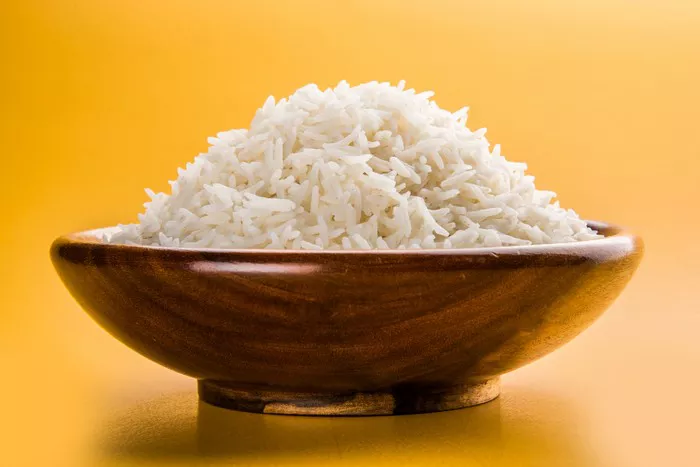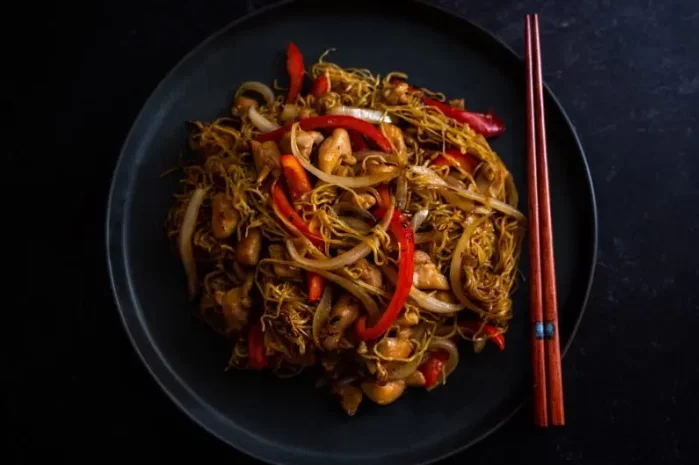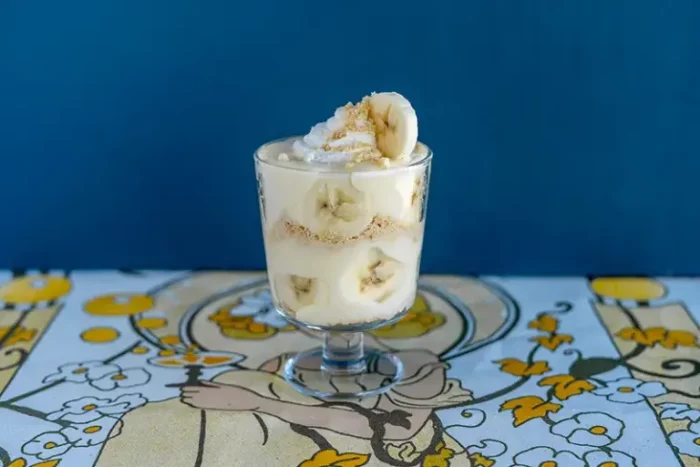Diabetes is a chronic condition that affects how your body processes blood sugar (glucose). Managing blood sugar levels is crucial for people with diabetes, and diet plays a significant role in this. Rice, a staple food in many cultures, can be a tricky choice for people with diabetes because it has a high glycemic index (GI), which means it can cause a rapid increase in blood sugar levels. However, not all rice is created equal. Some varieties of rice have a lower glycemic index and are better suited for people with diabetes.
In this article, we will explore the best types of rice for people with diabetes, how to cook rice for better blood sugar control, and why rice affects blood sugar levels in the first place.
Understanding Glycemic Index (GI) and Glycemic Load (GL)
Before we dive into specific rice varieties, it’s important to understand two key concepts: glycemic index (GI) and glycemic load (GL).
Glycemic Index (GI): This measures how quickly a food raises blood sugar levels. Foods with a high GI (above 70) cause a fast rise in blood sugar, while foods with a low GI (below 55) cause a slower, more gradual increase.
Glycemic Load (GL): This takes into account the GI of a food as well as its carbohydrate content in a typical serving. Foods with a high GL (above 20) can cause significant spikes in blood sugar, while those with a low GL (below 10) have a more moderate effect.
For people with diabetes, it’s essential to choose foods with a low glycemic index and glycemic load, as they help keep blood sugar levels stable.
Best Types of Rice for Diabetes
There are several types of rice available, but not all of them are equally good for managing blood sugar. Let’s look at the varieties that are better suited for diabetes:
1. Brown Rice
Why it’s good for diabetes: Brown rice is considered one of the best rice options for diabetes due to its high fiber content. Unlike white rice, which is processed and stripped of its bran and germ, brown rice retains these parts, making it a whole grain. The fiber in brown rice helps slow the absorption of sugar into the bloodstream, which can prevent rapid blood sugar spikes.
- GI: Low to moderate (around 50-55)
- GL: Low (around 10-15 for a 1/2-cup serving)
Nutritional benefits:
- High in fiber, vitamins, and minerals
- Contains antioxidants that may help reduce inflammation
- Improves insulin sensitivity
How to cook: Brown rice takes longer to cook than white rice, but it’s easy to prepare. Simply rinse the rice and cook it in a 2:1 water-to-rice ratio. Allow it to simmer for about 45 minutes, or until tender.
2. Wild Rice
Why it’s good for diabetes: Although wild rice is technically not a true rice, it offers similar nutritional benefits. Wild rice is a seed of aquatic grasses and has a unique texture and flavor. It’s a low-GI option and is rich in fiber, making it a great choice for blood sugar management.
- GI: Low (around 45)
- GL: Low (around 9 for a 1/2-cup serving)
Nutritional benefits:
- High in protein, fiber, and essential minerals like magnesium
- A good source of antioxidants
- Helps manage cholesterol levels
How to cook: Wild rice requires more cooking time than most other rice types. Rinse it well and cook in a 3:1 water-to-rice ratio for about 50 minutes, or until the grains pop open.
3. Basmati Rice (Brown and White)
Why it’s good for diabetes: Basmati rice is a long-grain rice with a fragrant aroma. It has a lower glycemic index than many other types of rice, especially when it is cooked and cooled. Brown basmati rice, in particular, is an excellent choice for diabetes due to its fiber content.
- GI: Low to moderate (around 50 for brown basmati, 58-60 for white basmati)
- GL: Moderate (around 13-16 for a 1/2-cup serving of cooked rice)
Nutritional benefits:
- Contains less starch compared to other rice varieties
- High in fiber, especially in the brown variety
- Provides essential vitamins like B vitamins
How to cook: Rinse basmati rice well before cooking. For brown basmati, use a 2:1 water-to-rice ratio and simmer for 40-45 minutes. White basmati cooks faster, around 15-20 minutes, in a 1.5:1 water-to-rice ratio.
4. Black Rice (Forbidden Rice)
Why it’s good for diabetes: Black rice, also known as forbidden rice, is a whole grain rice that has a deep purple-black color due to its high anthocyanin content (a powerful antioxidant). This variety of rice has a moderate GI and is packed with nutrients that help manage blood sugar levels.
- GI: Moderate (around 42-45)
- GL: Low (around 9 for a 1/2-cup serving)
Nutritional benefits:
- High in antioxidants, fiber, and essential minerals
- May help reduce the risk of cardiovascular disease
- Supports liver health
How to cook: Rinse black rice and cook it in a 2:1 water-to-rice ratio. Simmer for about 35-40 minutes until tender.
5. Jasmine Rice (Brown and White)
Why it’s good for diabetes: Jasmine rice is another popular long-grain rice known for its fragrant aroma. While white jasmine rice has a high GI, brown jasmine rice is a better option for those managing diabetes. It retains the bran and germ, offering more fiber and nutrients.
- GI: Low (around 55 for brown jasmine, 68 for white jasmine)
- GL: Moderate to high (around 16-18 for a 1/2-cup serving of cooked rice)
Nutritional benefits:
- Brown jasmine rice offers fiber and important micronutrients like magnesium
- White jasmine rice should be avoided or consumed in moderation
How to cook: For brown jasmine rice, rinse and cook in a 2:1 water-to-rice ratio. Simmer for about 40 minutes. White jasmine rice requires a shorter cooking time, around 15-20 minutes.
Rice Varieties to Avoid for Diabetes
While some rice varieties are beneficial for diabetes, others should be avoided or consumed in moderation:
1. White Rice
Why it’s not ideal for diabetes: White rice is a refined carbohydrate, meaning it has been stripped of its bran and germ, leaving only the starchy endosperm. This processing removes most of the fiber and nutrients, which increases its glycemic index.
- GI: High (around 70-85)
- GL: High (around 20 for a 1/2-cup serving)
Effect on blood sugar: White rice causes a rapid spike in blood sugar due to its high GI and low fiber content. This can lead to a quick increase in insulin levels, which is not ideal for people with diabetes.
2. Sticky Rice (Glutinous Rice)
Why it’s not ideal for diabetes: Sticky rice, commonly used in Asian cuisine, has a high glycemic index and is very starchy. It is often used in desserts and snacks but should be avoided by those trying to manage their blood sugar levels.
- GI: Very high (around 80)
- GL: High (around 20 for a 1/2-cup serving)
Tips for Cooking Rice for Diabetes
To make rice even more diabetes-friendly, here are some cooking tips to help lower its glycemic index and manage blood sugar better:
Cook and Cool Rice: When you cook rice and then cool it in the fridge for several hours, the starches in the rice form resistant starch, which is less likely to spike blood sugar. This method works well for brown rice, basmati, and jasmine rice.
Pair Rice with Protein and Vegetables: Combining rice with lean protein (like chicken, fish, or legumes) and vegetables can help slow the absorption of sugar and prevent blood sugar spikes.
Portion Control: Be mindful of portion sizes. Even lower-GI rice can affect blood sugar if eaten in large quantities. A typical serving size of rice for people with diabetes is about 1/3 to 1/2 cup of cooked rice.
Conclusion
For people with diabetes, choosing the right type of rice is essential for maintaining stable blood sugar levels. Brown rice, wild rice, basmati rice (especially brown), black rice, and jasmine rice (brown) are among the best options due to their lower glycemic indices and higher fiber content. It’s also important to be mindful of portion sizes and to combine rice with other foods to help slow the absorption of sugar.
By making smarter choices about the type of rice you eat and how you prepare it, you can enjoy this staple food while keeping your blood sugar levels in check.
Related topics:

























